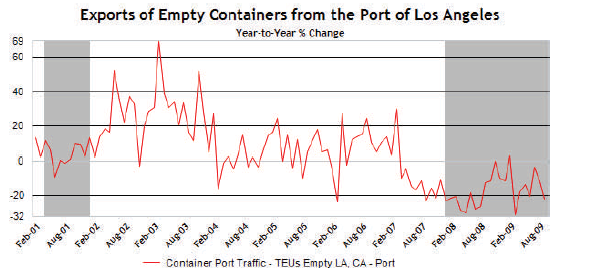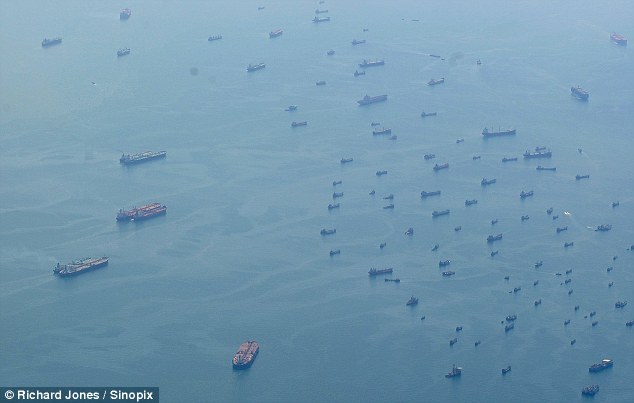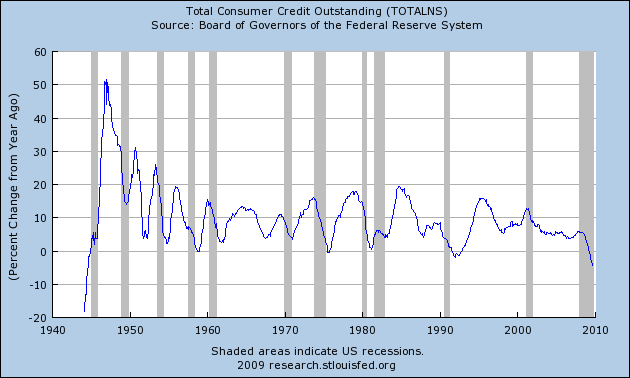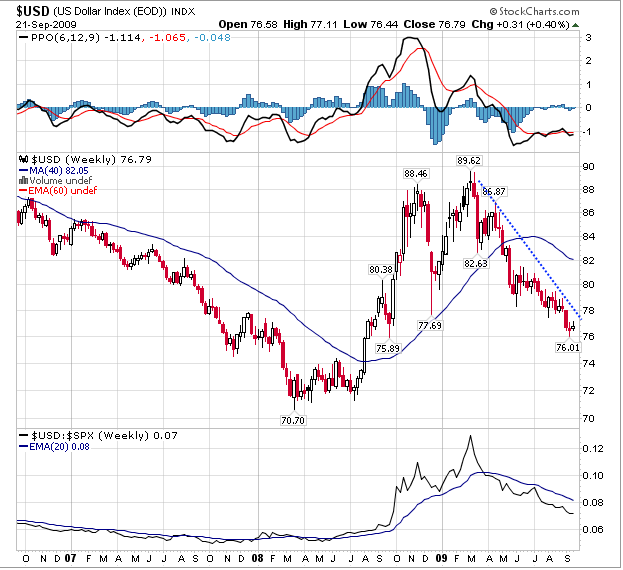NEW YORK – The government expanded a terrorism warning from transit systems to U.S. stadiums, hotels and entertainment complexes as investigators searched for more suspects Tuesday in a possible al-Qaida plot to set off hydrogen-peroxide bombs hidden in backpacks.
Police bolstered their presence at high-profile locations. Extra officers with bulletproof vests, rifles and dogs were assigned to spots such as Grand Central Terminal in New York. Plainclothes officers handed out fliers at a nearby hotel with a warning in large block letters: "If you suspect terrorism, call the NYPD."
The warnings come amid an investigation centering on Najibullah Zazi, a 24-year-old Denver airport shuttle driver who authorities say received al-Qaida explosives training in Pakistan and was found entering New York City two weeks ago with bomb-making instructions on his computer.
Zazi's arrest in Colorado last week touched off the most intense flurry of government terror warnings and advisories to come to light since President Barack Obama took office.
Though Zazi is charged only with lying to the government, law enforcement officials said he may have been plotting with others to detonate backpack bombs on New York trains in a scheme similar to the attacks on the London subway and Madrid's rail system. Backpacks and cell phones were seized in raids on apartments Zazi visited in New York.
Two law enforcement officials speaking on condition of anonymity because they were not authorized to discuss details of the investigation told The Associated Press that more than a half-dozen people were being scrutinized in the alleged plot. The FBI said "several individuals in the United States, Pakistan and elsewhere" are being investigated.
"There's a lot more work to be done," said Police Commissioner Raymond Kelly, cautioning that the probe was still in its early stages.
In two bulletins sent to police departments Monday and obtained by the AP, federal counterterrorism officials urged law enforcement and private companies to be vigilant at stadiums, entertainment complexes and hotels.
The bulletin on stadiums noted that an al-Qaida training manual specifically lists "blasting and destroying the places of amusement, immorality and sin ... and attacking vital economic centers." Counterterrorism officials are also advising police officers to be on the lookout for any possible bomb-making at self-storage facilities, noting that terrorists have used such places to build bombs.
The bulletins came just days after similar warnings about the vulnerability of the nation's mass transit systems and the danger of hydrogen peroxide-based explosives.
In a statement, the FBI and Homeland Security said that while the agencies "have no information regarding the timing, location or target of any planned attack, we believe it is prudent to raise the security awareness of our local law enforcement partners regarding the targets and tactics of previous terrorist activity."
A half-dozen terrorism warnings and alerts have been issued in the past week amid the investigations in New York and Denver. Bulletins — particularly about hotels as possible terrorist targets — are common, and often don't make news. In fact, they are so common that many Americans in the past few years have accused Washington of fearmongering.
Some Americans were blase about the latest warnings.
"If it happens, it happens," said Lynn Calhoun, an Indianapolis computer programmer who visited Conseco Fieldhouse, the home of the NBA's Indiana Pacers, to buy a ticket for a Trans-Siberian Orchestra concert there in December. "Where are you going to go? What are you going to do? You can't just go and hide out in Canada for a month."
James Orash waited for a commuter train outside Camden Yards, Baltimore's ballpark, with his wife.
"If they're going to hit us, there, that's where they're going to hit us," Orash said, looking at the stadium. "They already took two buildings down once. Eventually, that's what's going to happen. If they hit us next time, it's going to be big."
In the lobby of New York's Grand Hyatt, 81-year-old Barbara Kane's eyes widened when she heard of the warning.
"If something were to happen, what do people do?" said Kane, of Lafayette, Ind. "Do they run? Do they get into a building? Do they stay out in the open?"
"Hold my cross?" she added, fingering her crucifix.
New York's transit agency said it increased the police presence around the city. The vigilance is playing out during a meeting of the U.N. General Assembly, with Obama and other leaders from around the world in town. Also, thousands of policymakers and other visitors are arriving in Pittsburgh for a two-day economic summit of wealthy and developing nations.
New York's Police Department produced a 10-minute videotape it has begun showing at roll call instructing officers to be on the lookout for potential bomb-making ingredients. The video puts special emphasis on hydrogen peroxide — a common ingredient in homemade explosives — as well as cans of acetone and bags of ammonium nitrate.
Stadiums around the country provided few specifics about how they were responding but stressed that they have been vigilant ever since the Sept. 11, 2001, attacks.
"We're aware of the memo," said Bob Moore, spokesman for the Kansas City Chiefs, who play at Arrowhead Stadium. "It just underscores the high levels of security we've had and will continue to maintain. We've been in that mode for some time."
In New Jersey, home of Giants Stadium, the state homeland security office said there will be an increased police presence at key locations, random bag searches and greater use of surveillance cameras and undercover operations.
A spokesman for InterContinental Hotels Group, which operates more than 4,300 hotels worldwide, including InterContinental, Crowne Plaza, Holiday Inn and Holiday Inn Express hotels, would not discuss specific security measures.
Julie May was visiting Denver from London, taking in the sights in the city where Zazi worked.
"I live in London, and terrorist bulletins are a way of life for me," she said. "So if it was to stop me doing things, I would never do anything."
By TOM HAYS and DEVLIN BARRETT
Associated Press Writers Eileen Sullivan in Washington, Samantha Gross in
New York, Don Mitchell and P. Solomon Banda in Denver, Alex Dominguez in Baltimore,
Charles Wilson in Indianapolis, Beth DeFalco in Trenton, N.J., Ashley M. Hehrer in
Chicago contributed to this report.





